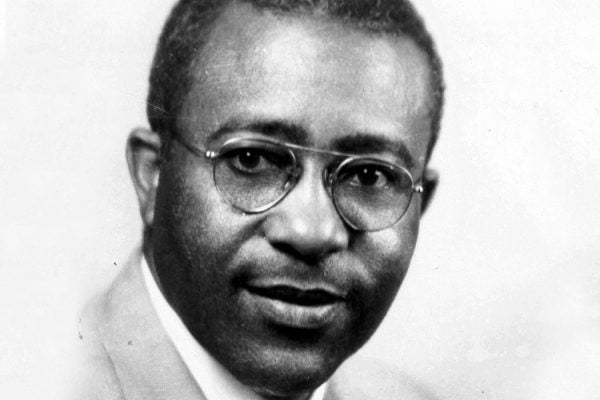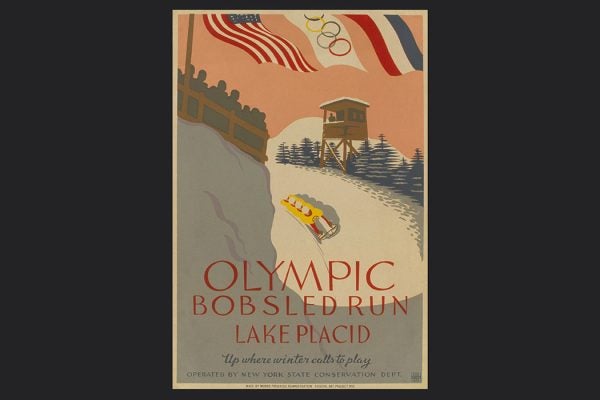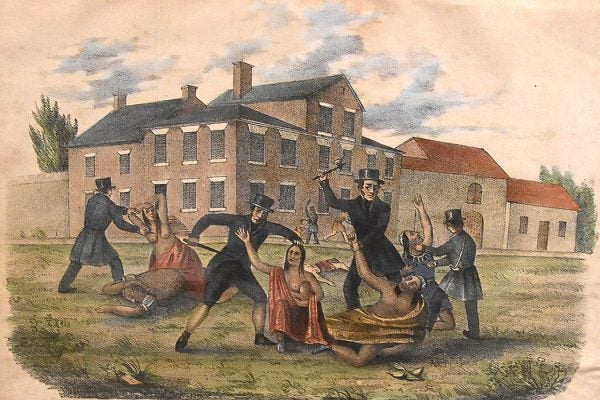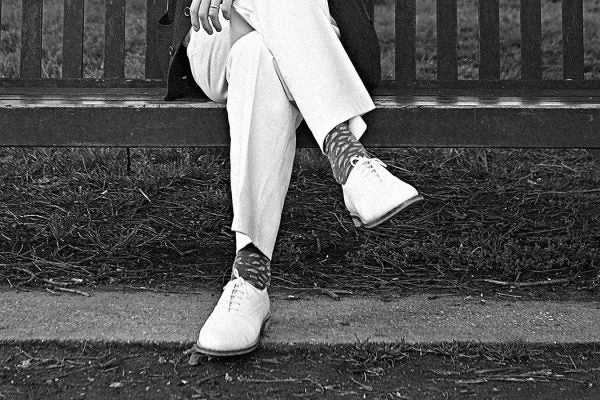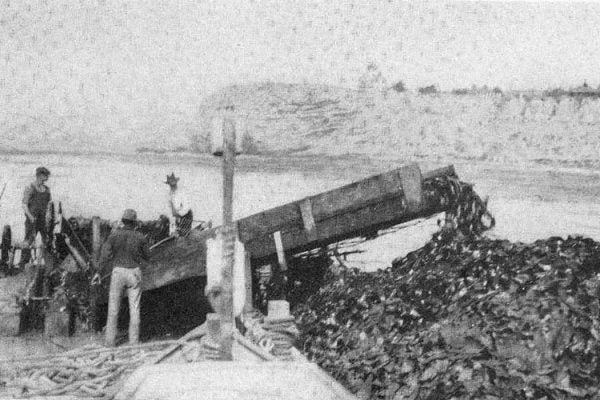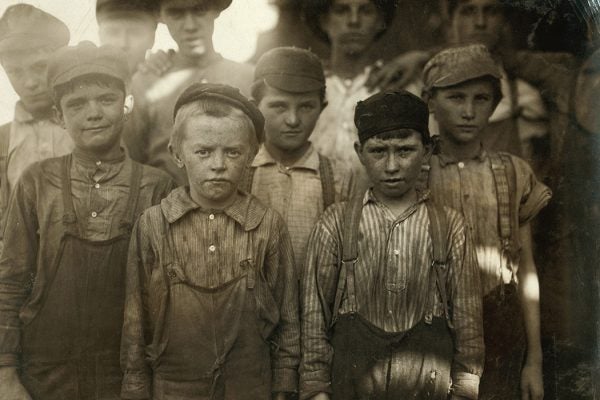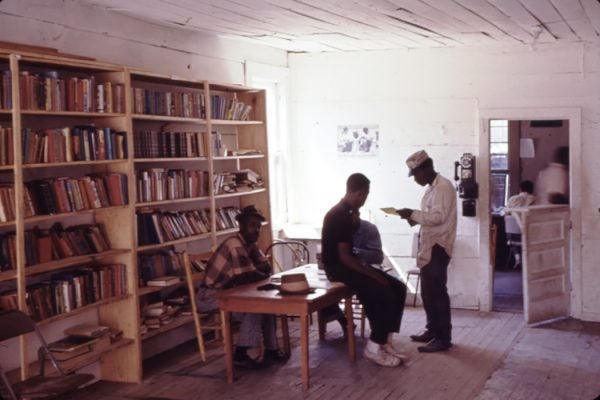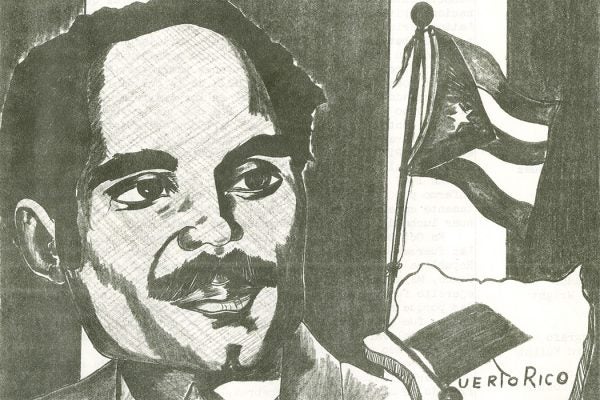Angela Proctor on the “Opinions Regarding Slavery: Slave Narratives” Collection
We spoke with Angela Proctor, head archivist at Southern University, about the collections of slave narratives compiled by John B. Cade from 1929-1935.
John B. Cade’s Project to Document the Stories of the Formerly Enslaved
A recently digitized slave narrative collection consists of original manuscripts compiled by John Brother Cade and his students at Southern University.
Antisemitism at the 1932 Winter Olympics
The 1932 Winter Olympics were a small foreshadowing of what was to come in 1936 Berlin.
Colonial Civility and Rage on the American Frontier
A 1763 massacre by colonial settlers exposed the irreconcilable contradictions of conquest by people concerned with civility.
Were Early American Prisons Similar to Today’s?
A correctional officer’s history of 19th century prisons and modern-day parallels. From Sing Sing to suicide watch, torture treads a fine line.
White Shoes, WASPs and Law Firms
Law firms founded on Protestant identity necessitated the creation of firms that would hire those shut out by WASP gatekeeping.
Burning Kelp for War
World War I saw the availability of potash plummet, while its price doubled. The US found this critical component for multiple industries in Pacific kelp.
The Age of the Birth Certificate
When states began restricting labor by children, verifying a person's age became an important means of enforcement.
Freedom Libraries and the Fight for Library Equity
Freedom libraries in the south provided Black residents with access to spaces and books, whether in church basements or private homes.
50 Years Later: The Evolution of Prison Policy
Buried within Adelante is evidence of a fleeting attempt at prison reform and oversight in Connecticut. Is history repeating itself?

